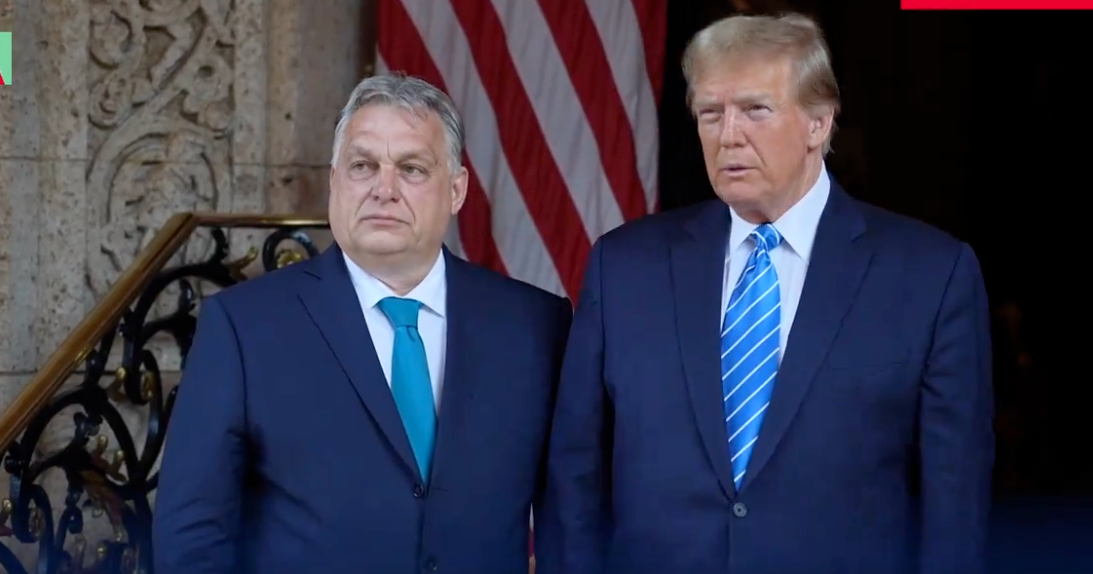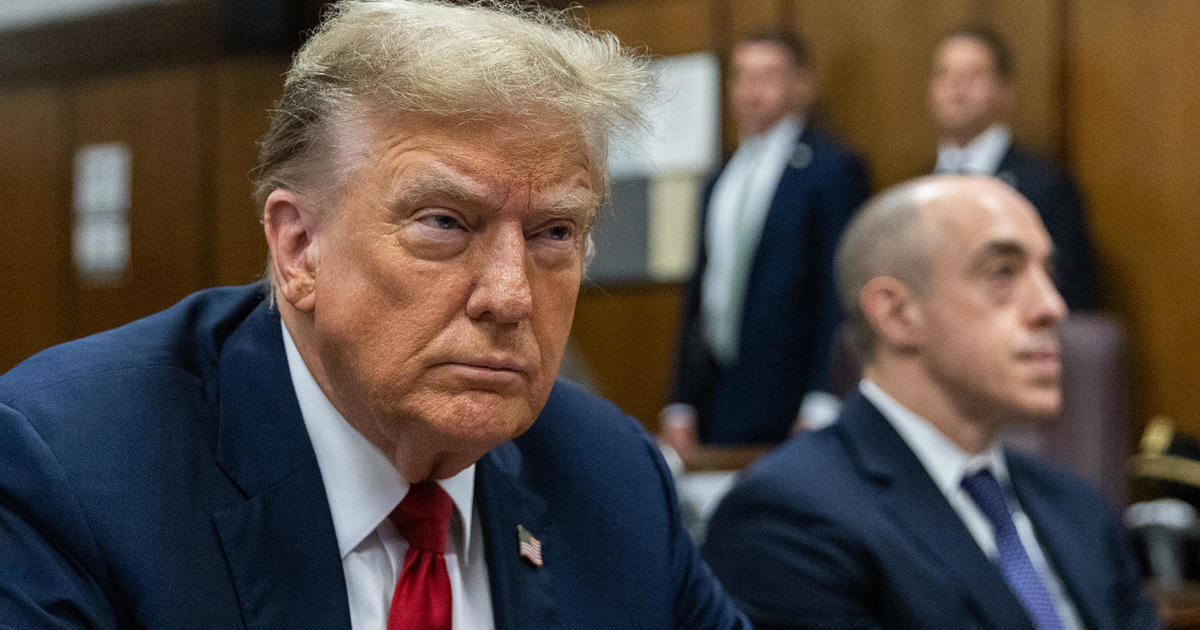States scramble to figure out how to implement Trump unemployment aid order
Governors and state labor department officials are scrambling to determine whether they could implement President Donald Trump's executive order to partially extend federal unemployment benefits to millions of jobless Americans.
Mr. Trump's order allocates $44 billion in federal dollars from FEMA's Disaster Relief Fund to boost unemployment aid for the jobless and calls on states to kick in roughly $15 billion. The Trump administration says states can pull from federal coronavirus relief funds already distributed earlier in the crisis, although some states have already fully allocated that money for other needs.
The White House action extends additional unemployment payments of $400 a week to help cushion Americans from the devastating economic impact of the pandemic. Congress had approved payments of $600 a week at the outset of the outbreak, but those benefits expired Aug. 1, and lawmakers have failed to agree on an extension.
Many Republicans have expressed concern that a $600 weekly benefit, on top of existing state benefits, gives people an incentive to stay unemployed. The White House described the $400 level as an appropriate compromise, and top administration officials including Vice President Mike Pence on Monday urged governors in a private call to pressure Democratic lawmakers to come to a deal.
But Democrats have dismissed Trump's executive order as a hollow political gesture — not to mention legally questionable — that could ultimately leave millions of Americans without much-needed aid. Several governors said their states simply couldn't afford to chip in a quarter of the cost, even with the relief money previously approved by Congress.
That share would cost California $700 million a week, Gov. Gavin Newsom said Monday. The state has already allocated 75% of the money that came from an earlier congressional package.
"There is no money sitting in the piggy bank," Newsom said. "It simply does not exist."
As Democrats grumbled that Mr. Trump's executive order was unworkable, top administration officials contended that he was taking action while House Speaker Nancy Pelosi, D.-California, and Senate Minority Leader Chuck Schumer, D.-New York, were sitting on the sidelines — even though the president has not taken any active role in the negotiations.
"Unconstitutional slop"
Mr. Trump also took to Twitter on Monday to ridicule Sen. Ben Sasse, calling him a "RINO" — a Republican in name only — after the Nebraska Republican called Mr. Trump's use of executive orders "unconstitutional slop."
White House press secretary Kayleigh McEnany, meanwhile, asserted that the orders were "entirely within the executive capacity of the president" and pointed to statutes she said supports the legal justification to reallocate funding in times of emergency.
Some state officials, both Democrats and Republicans, said Mr. Trump's order could prove to be difficult to implement for technical reasons. States will need to set up new systems for administering the benefits, which could require considerable time to get up and running, according to unemployment experts.
Some states also may not have the funding to provide 25% of the benefit, as proposed. That could see the aid sliced to $300 a week, half the extra weekly payment workers had been receiving until the end of July through the CARES Act.
In Virginia, Secretary of Finance Aubrey Layne said the timing of the distribution of funds could be an issue. He noted FEMA often takes several months to reimburse emergency costs due to a hurricane, but have reimbursed personal protective equipment-related costs in several weeks.
Andrew Stettner, senior fellow at The Century Foundation and an expert on unemployment aid, said that it could take several weeks for jobless aid claimants to see the enhanced benefit given the states' difficulties in updating their unemployment systems.
"No one's getting a payment from this in August. If they're lucky, they'll get it in September," he said.
The $44 billion that the Trump administration has set aside for the latest unemployment aid would run out in five or six weeks, Stettner added.
State unemployment agencies struggled badly this spring and summer under the crush of tens of millions of applications, and in most cases took weeks to implement the extra $600 payment after it was first approved.
Keeping heads above water
For many jobless Americans, the enhanced benefit had been the difference-maker in keeping their heads above water financially.
"If I did not have [the $600], I probably would not have been able to make it the past two months," said Rosa Howell-Thornhill, 62, a freelance audio technician from South Orange, New Jersey, who has seen work opportunities dry up.
In Ohio, the benefit might not take effect for weeks as officials sort out guidance from the U.S. Department of Labor for implementing it, said Dan Tierney, a spokesman for Gov. Mike DeWine, a Republican. Tierney said software changes may be required for the state's unemployment compensation computer system.
Many states also questioned whether they could afford the additional $100 per week in the face of sharply reduced tax revenue.
McEnany told reporters that the statute requires 25% of the unemployment benefit be provided by states. Treasury Secretary Steve Mnuchin reiterated the 25% requirement in a White House call with governors Monday, but also sought to assure governors that the Trump administration would find a way to cover money that states allocate for unemployment through future legislation.
"We realize that some of you want to use those funds for other things," said Mnuchin, according to audio of the call obtained by The Associated Press. "And as part of legislation, if you do use those funds for UI, we will agree to make you whole."
Tapping into FEMA funds
In North Carolina, officials questioned whether it was sound policy to use FEMA funds set aside for natural disasters like hurricanes and tornadoes at a moment when forecasters are predicting a busy hurricane season.
"States shouldn't be forced to choose which disaster victims to help," said Dory MacMillan, press secretary for Democratic Gov. Roy Cooper.
Democratic governors said Mr. Trump was attempting to skate around the difficult work of negotiating — something the president as a candidate touted as a natural skill from his real estate career.
Maine Gov. Janet Mills, a Democrat, said the orders "appear to subordinate real relief for unemployed Americans to partisan gamesmanship, making Maine families a pawn in a cruel political game."
In Georgia, GOP Gov. Brian Kemp praised Mr. Trump for taking action amid the congressional gridlock. But Kemp, a Trump ally, offered no details on whether Georgia will contribute state funds toward the $400 weekly unemployment payment.
"We're digging in on that issue," said Kemp, who said his office is in talks with Georgia's labor department and budget planning office.
Weighing on growth
The debate over unemployment aid in Washington comes amid concerns that the pandemic could hurt the economy well into next year. IHS Markit on Tuesday cut its forecast for 2021 growth to 3.1% from 3.7%, citing the upsurge in coronavirus cases in many states.
Economists warn that growth would slow further if Congress failed to pass another round of fiscal stimulus, including additional jobless aid.
"The recovery will be at renewed risk early in 2021 when this income support expires," Joel Prakken, chief U.S. economist at IHS Markit, said in a report. "However, we assume a vaccine becomes widely available in the middle of next year, allowing a more fundamental recovery to finally then take hold."



